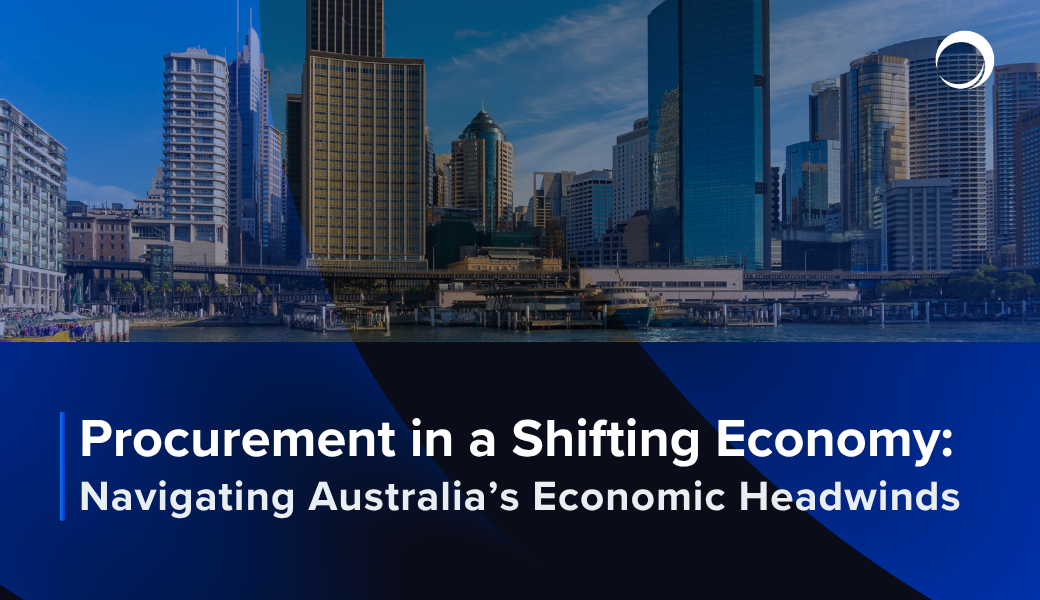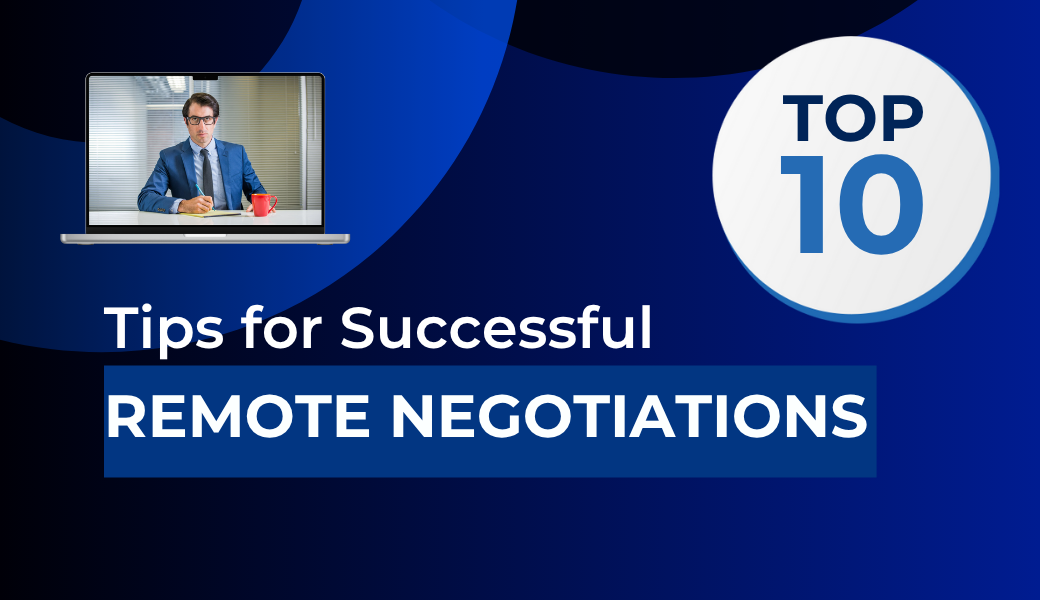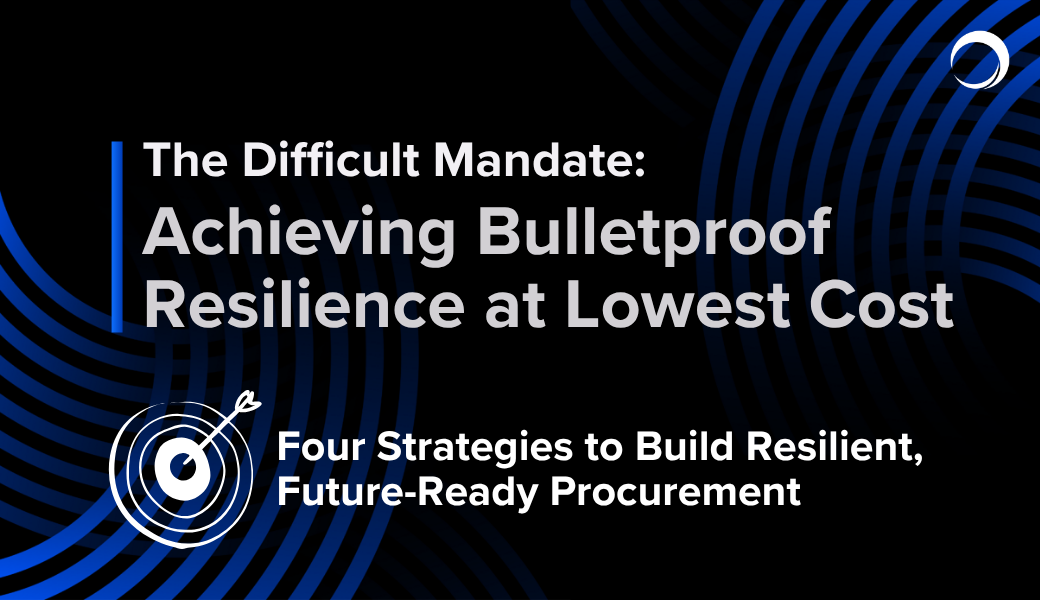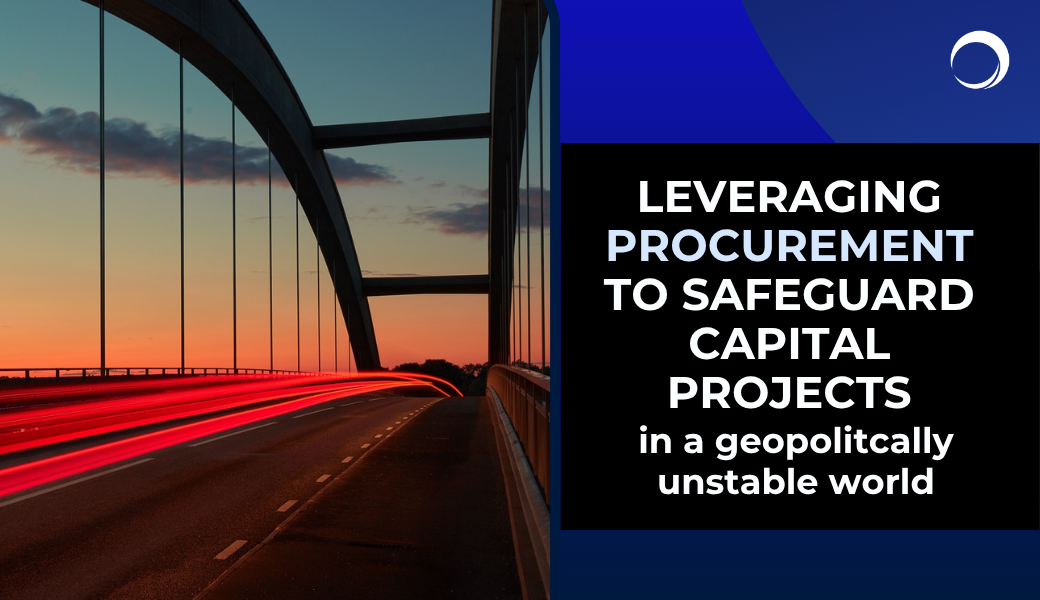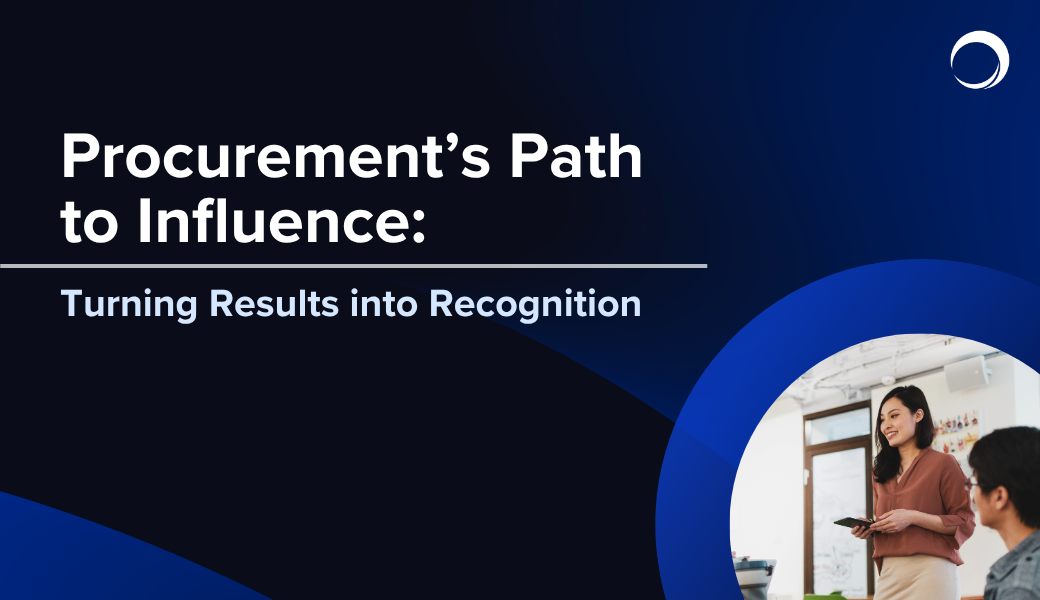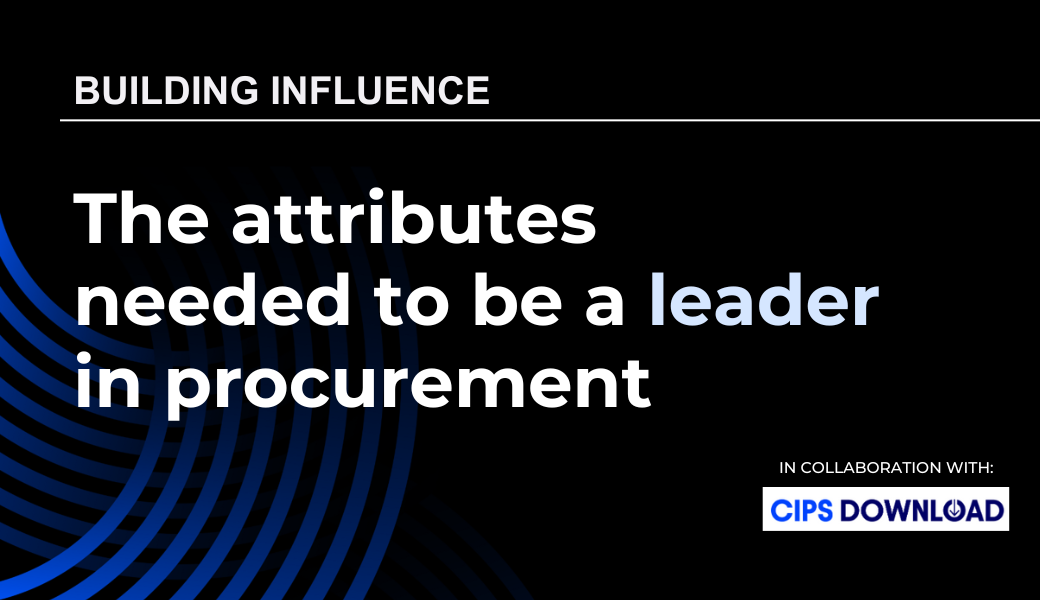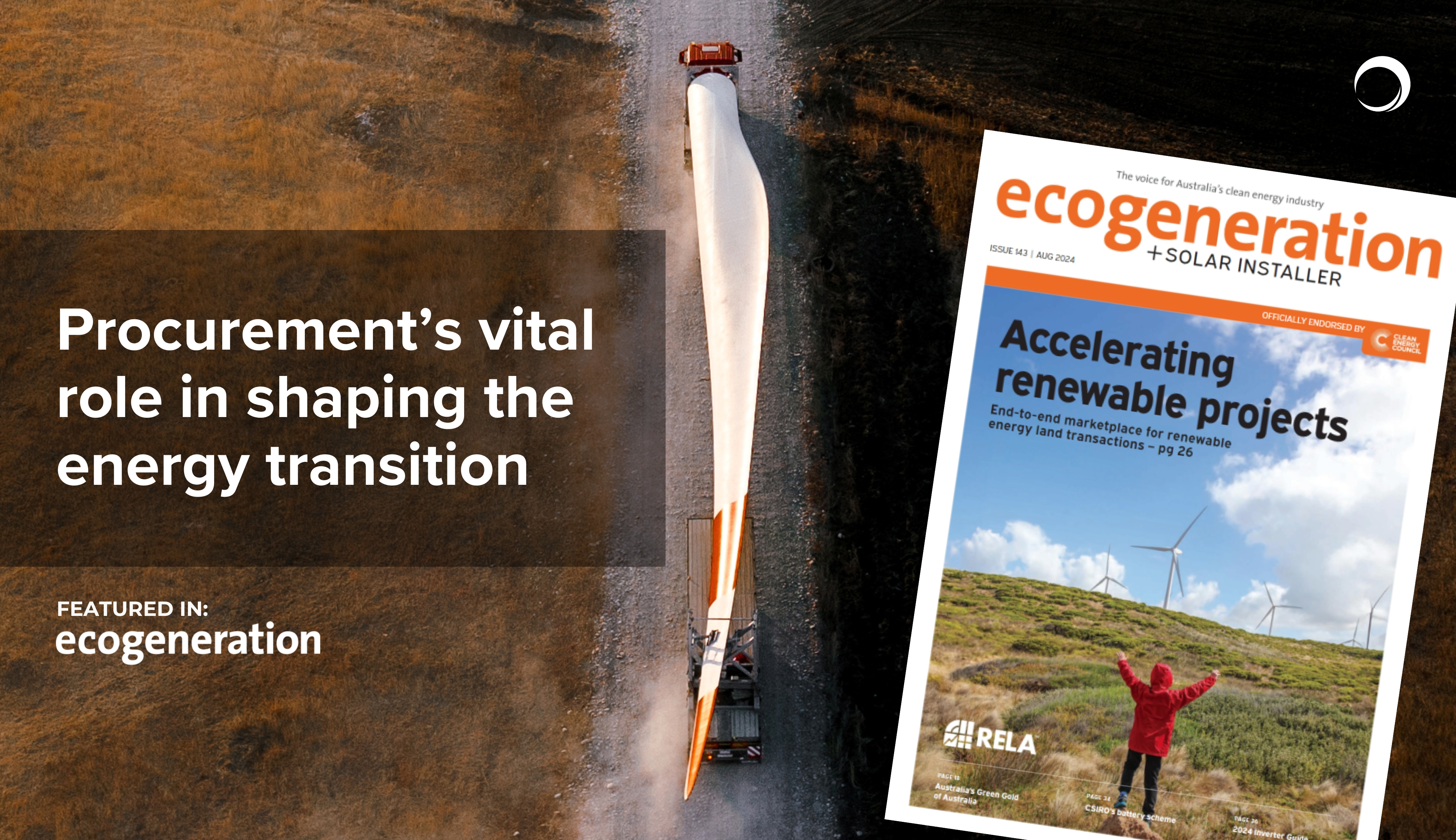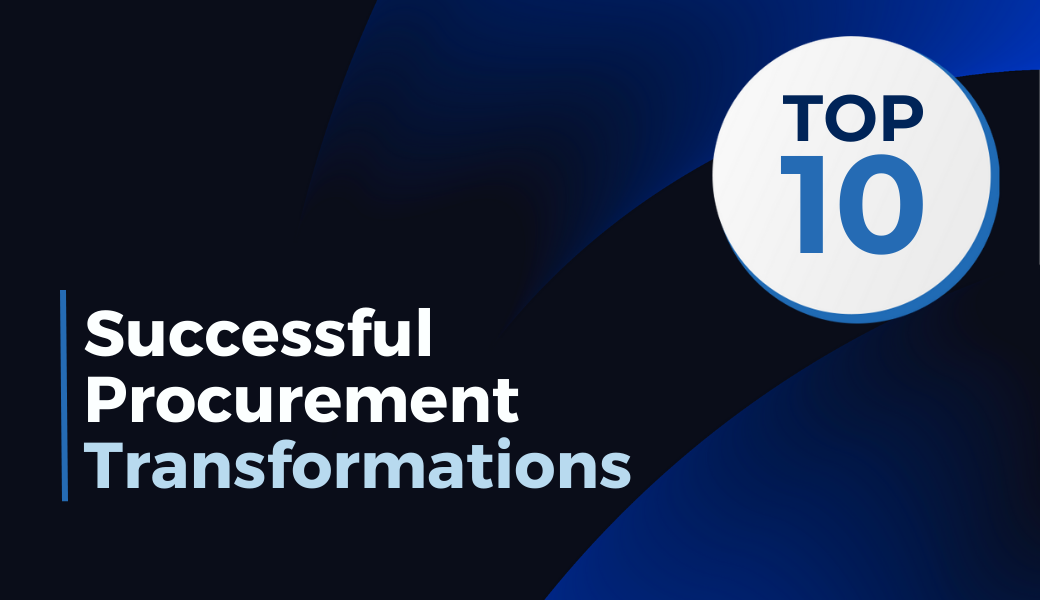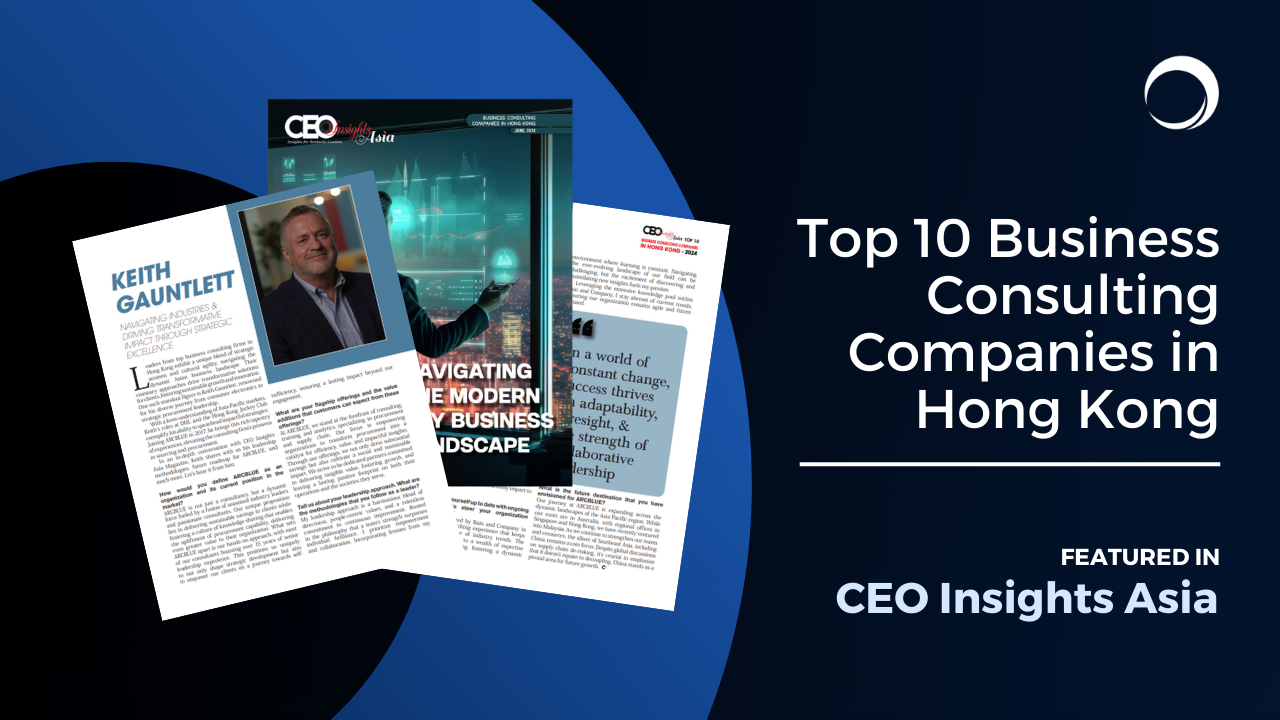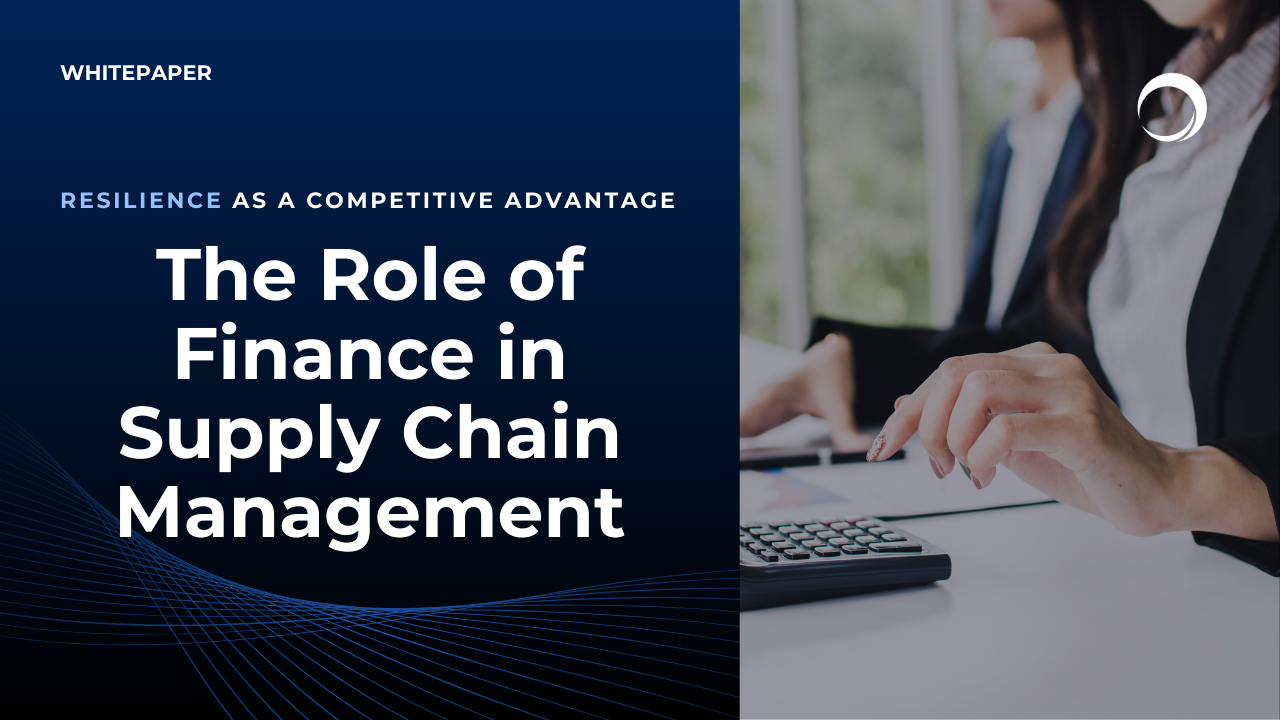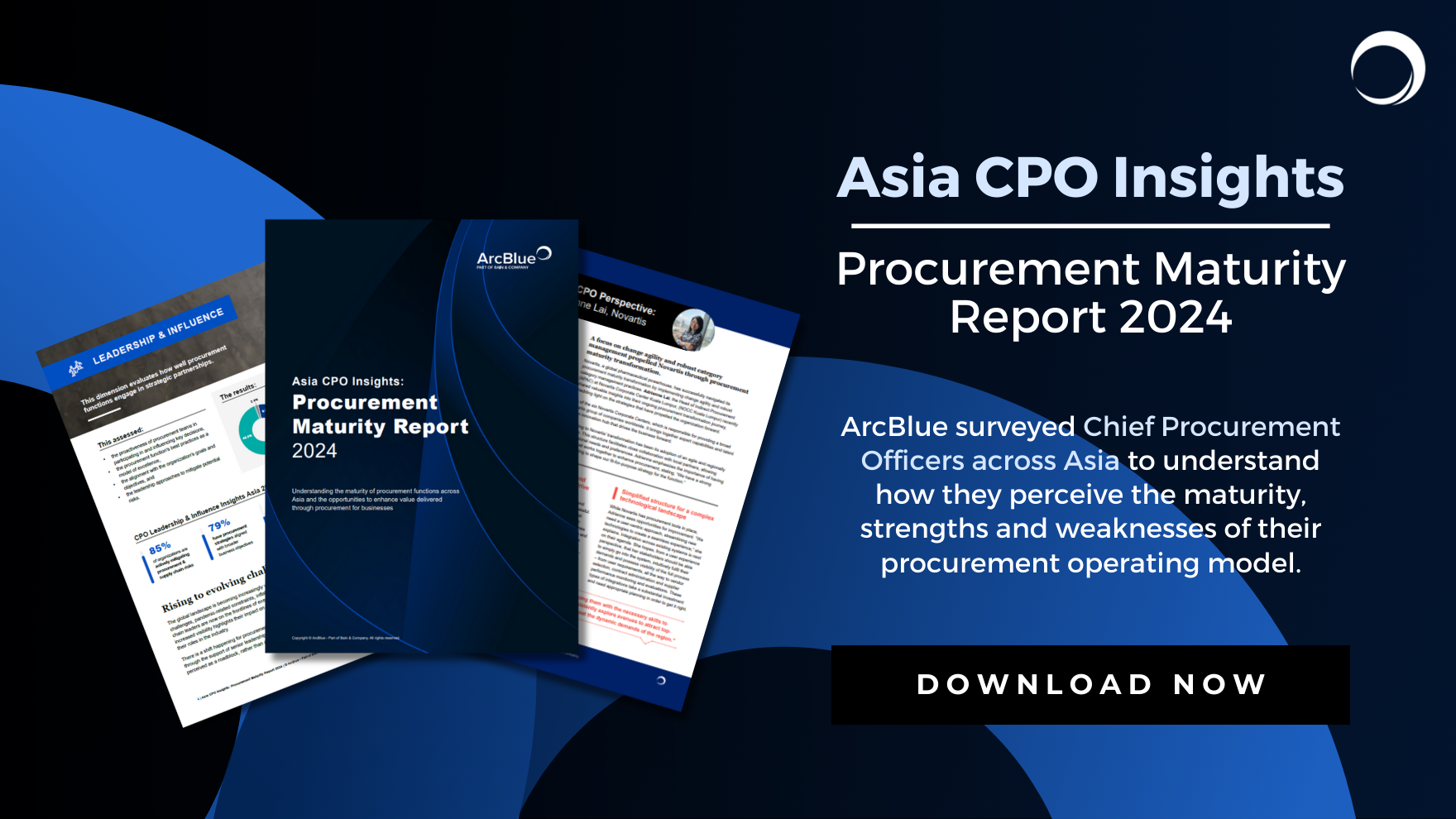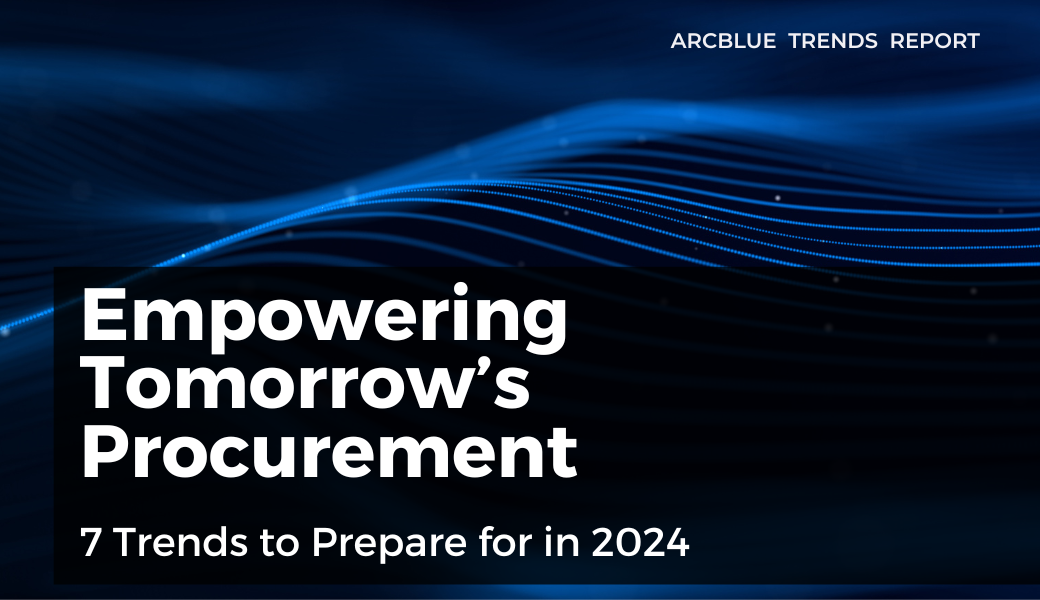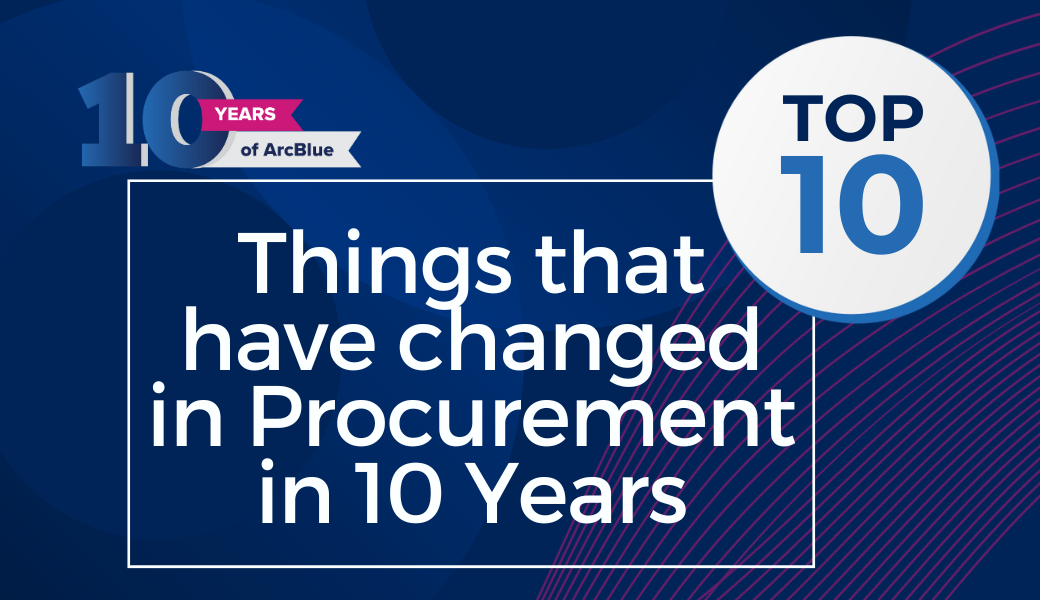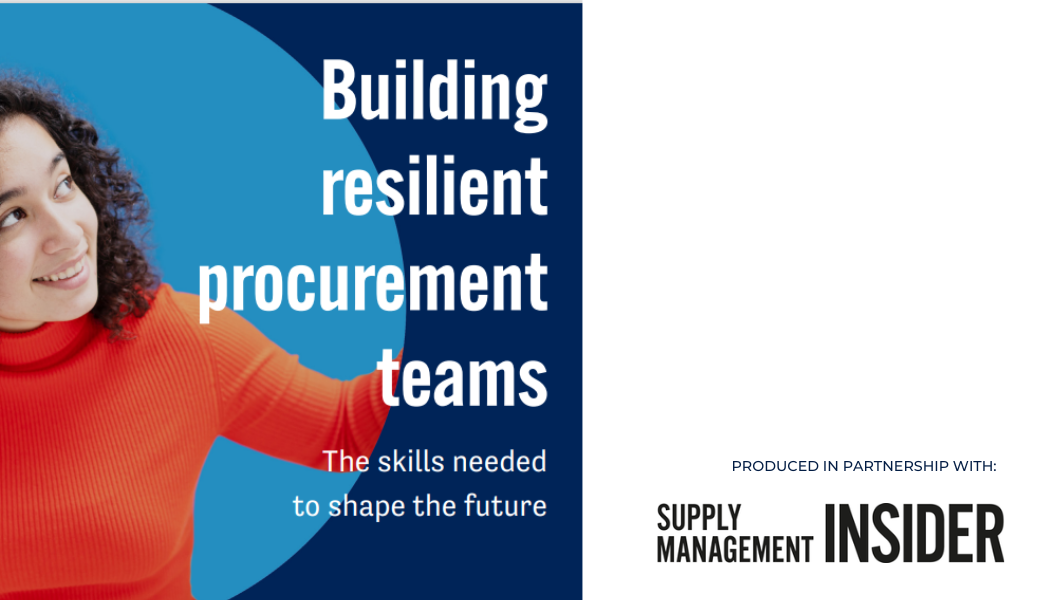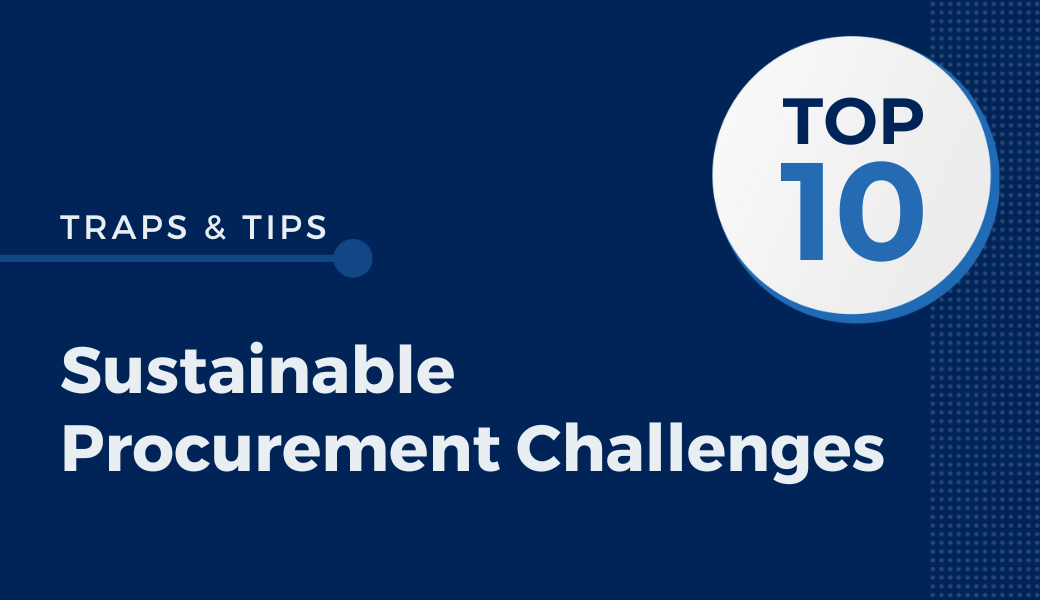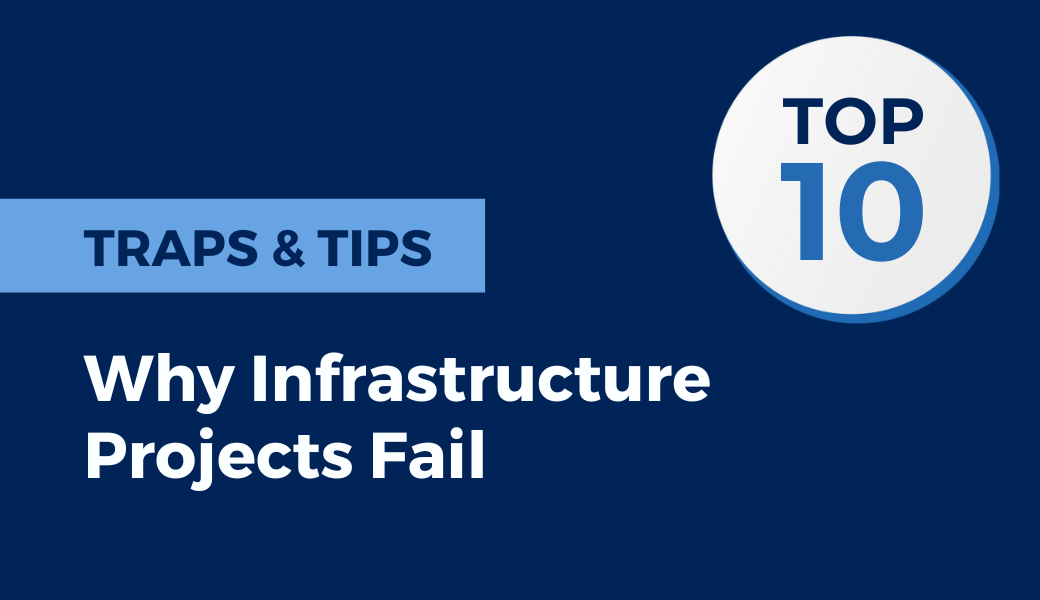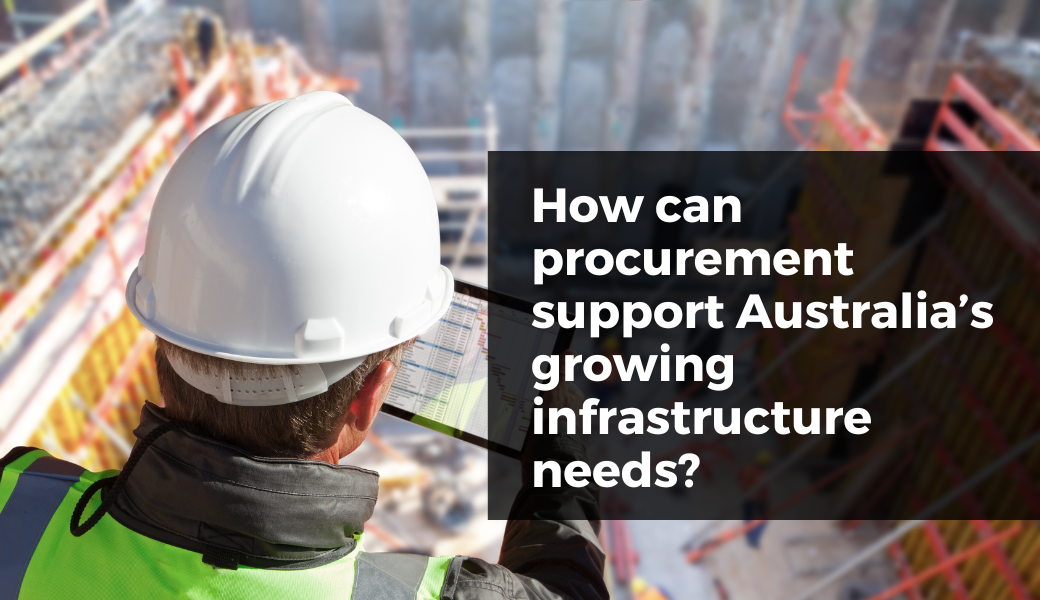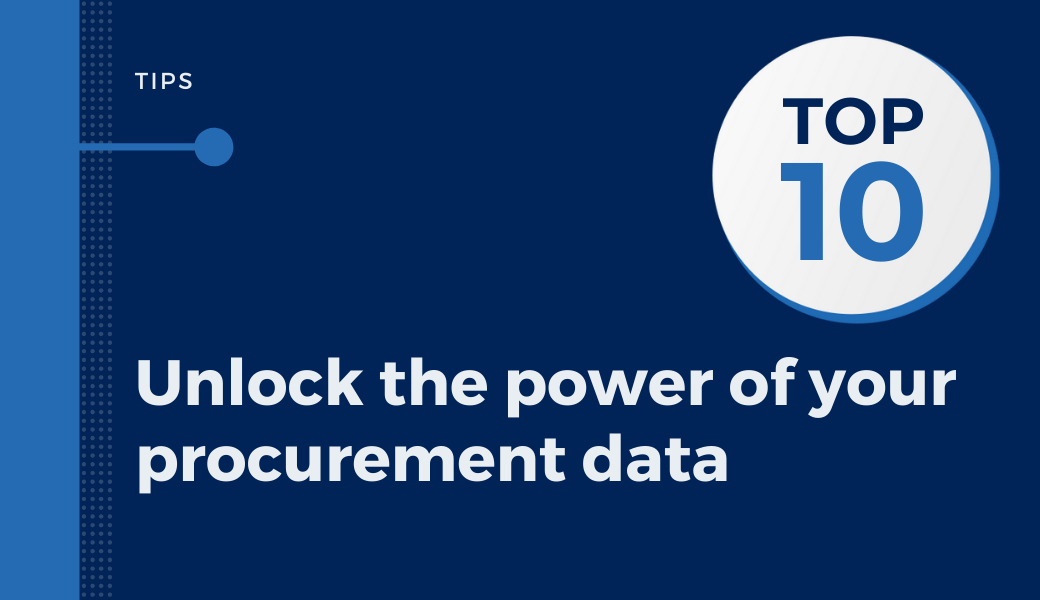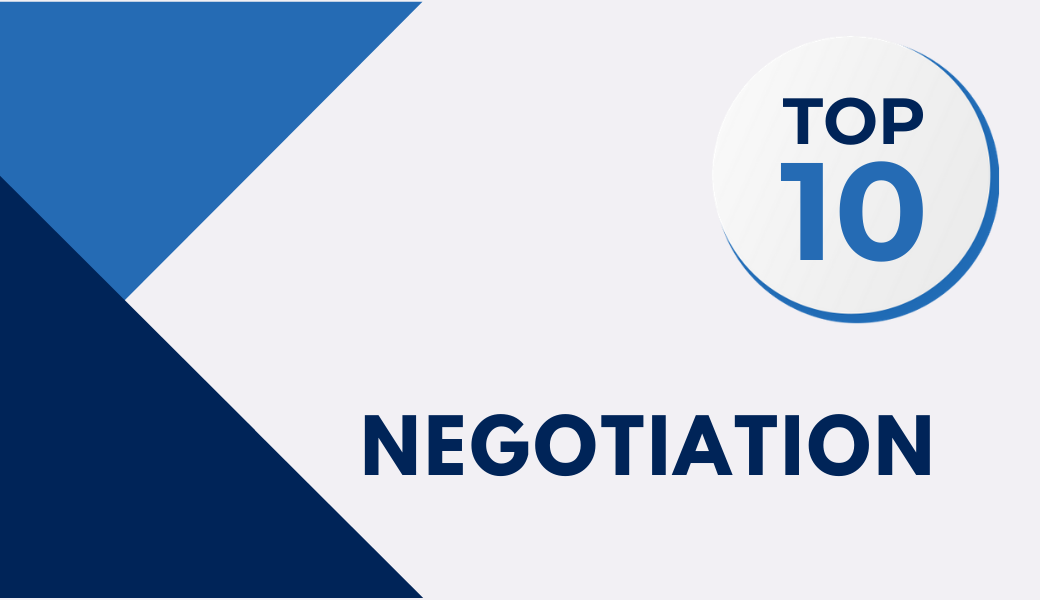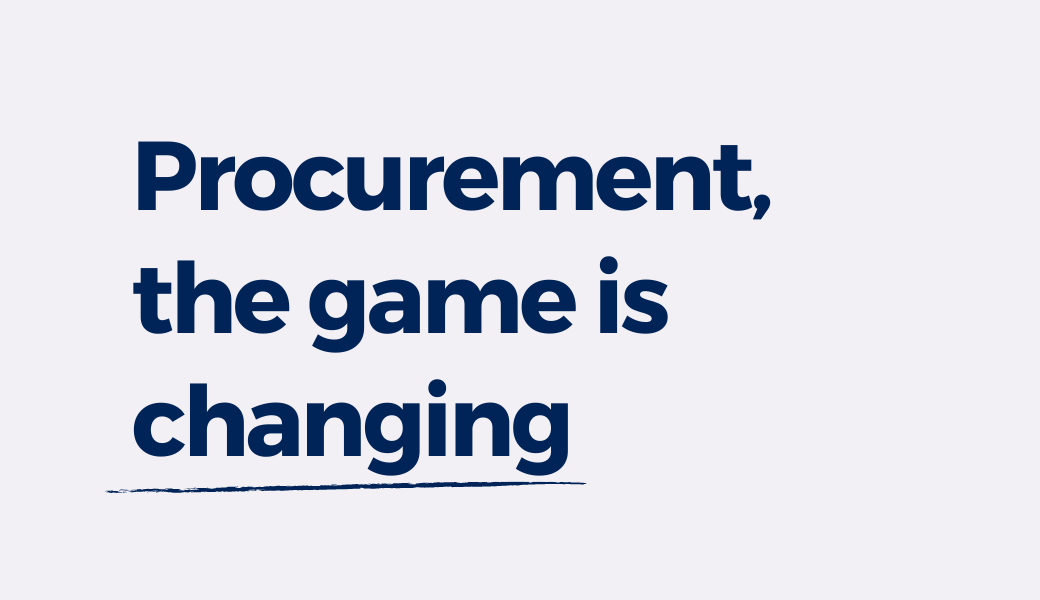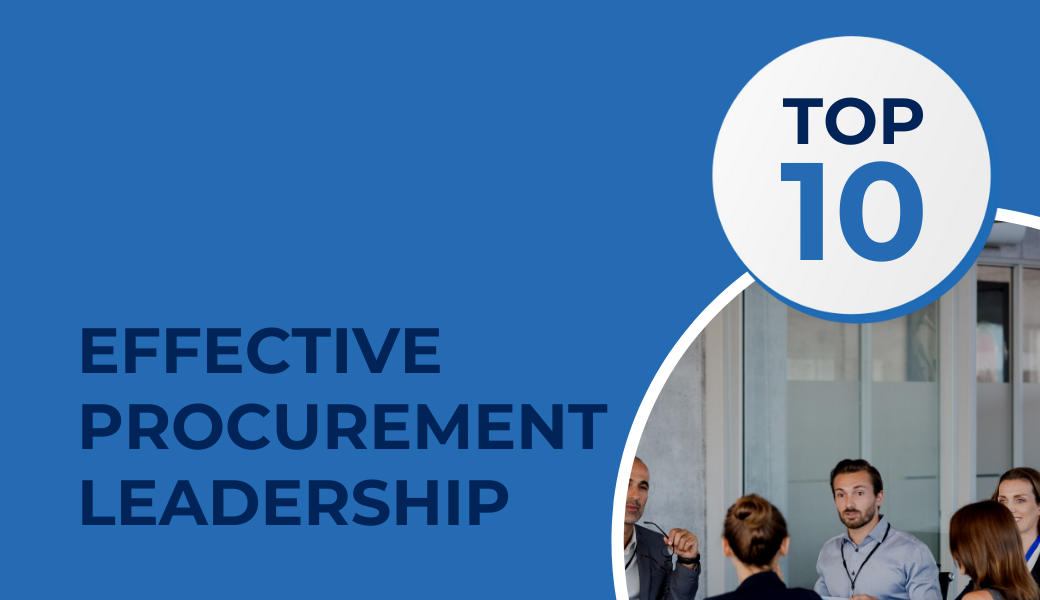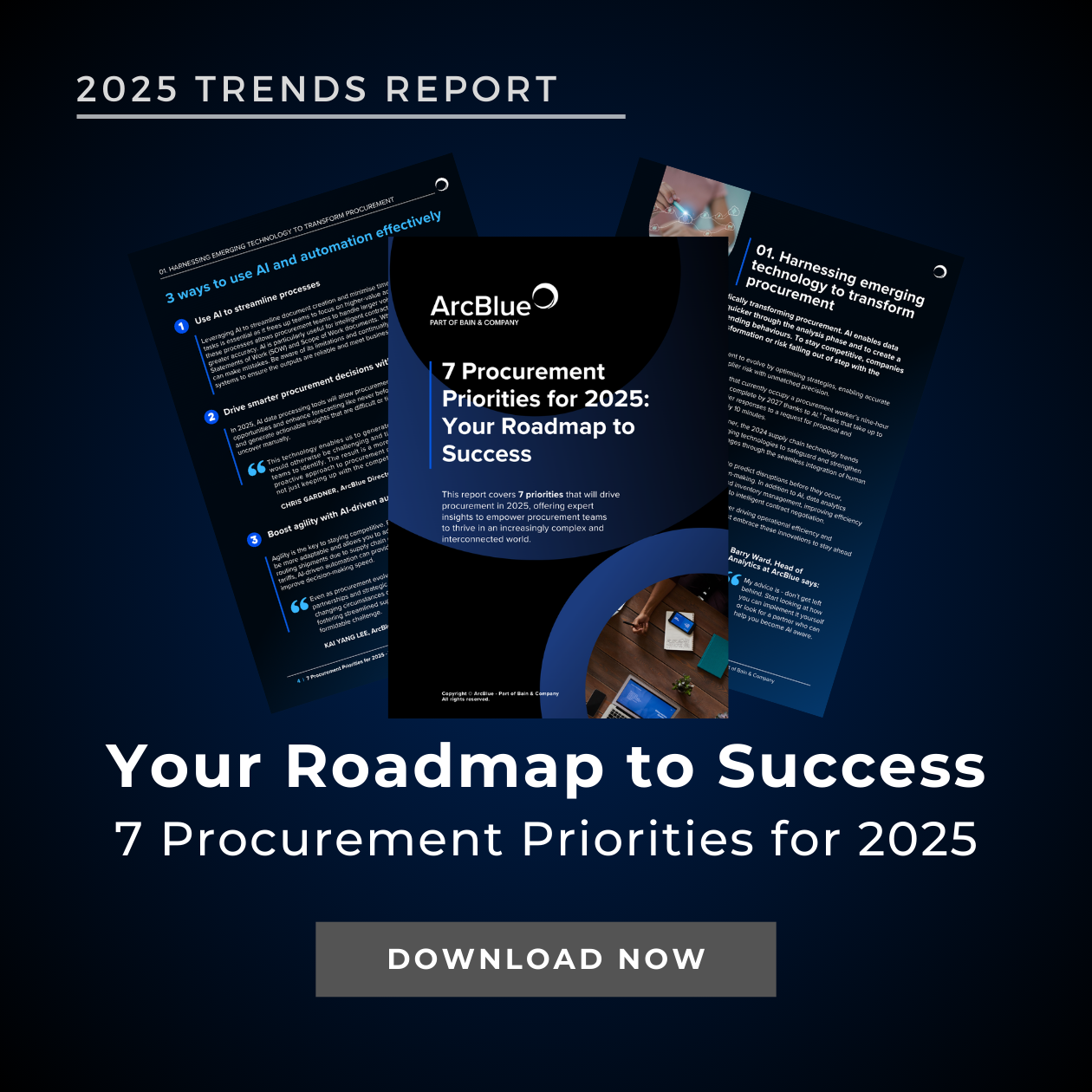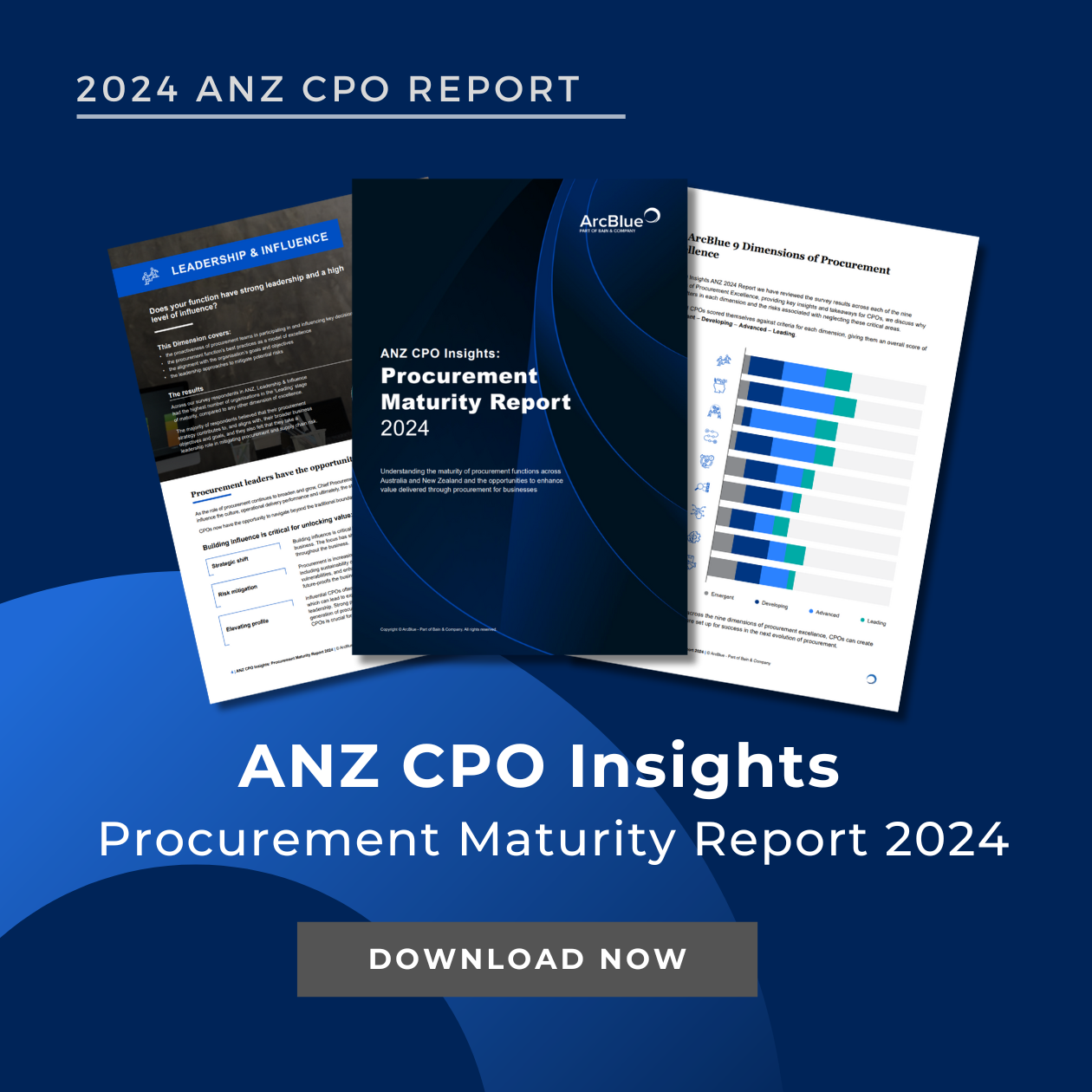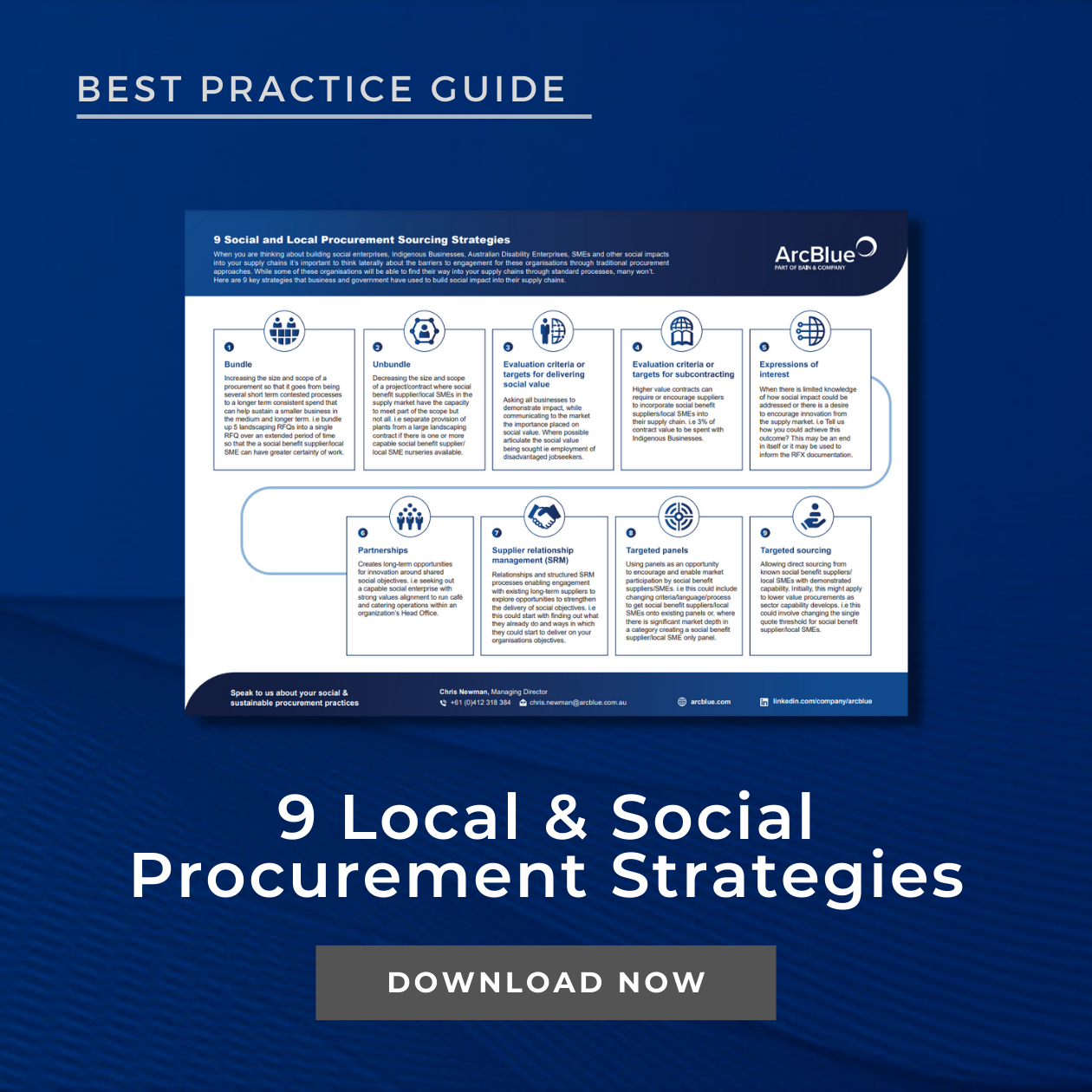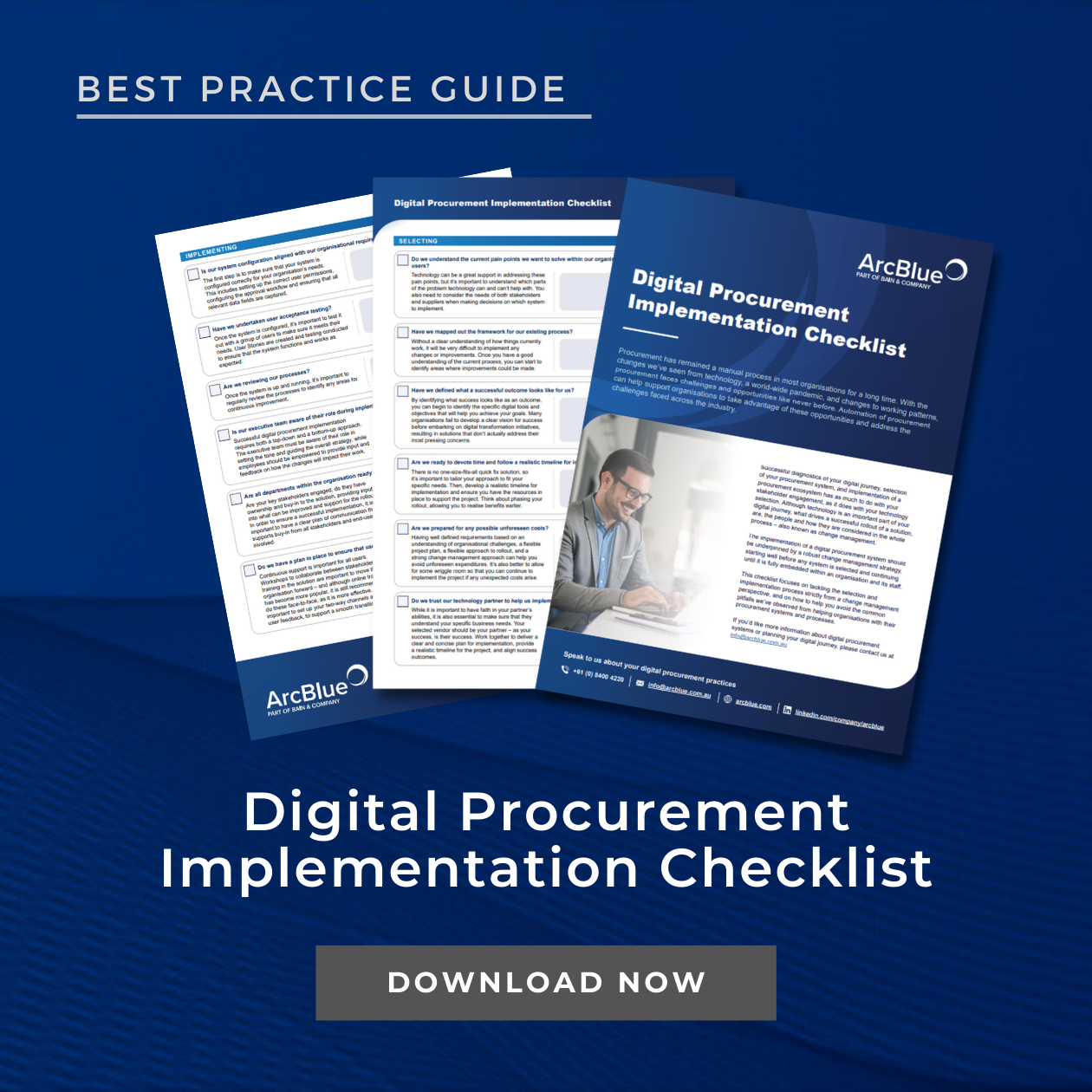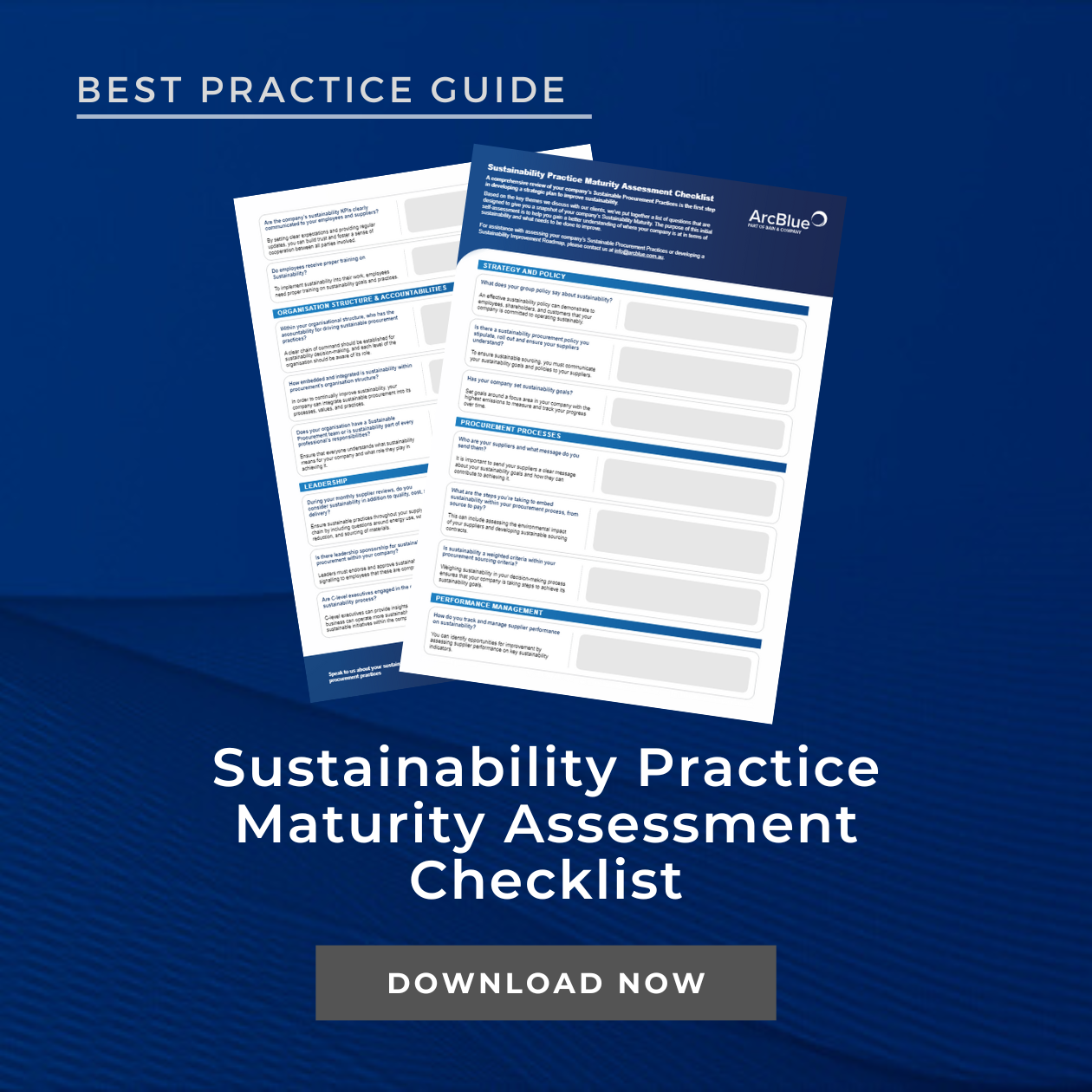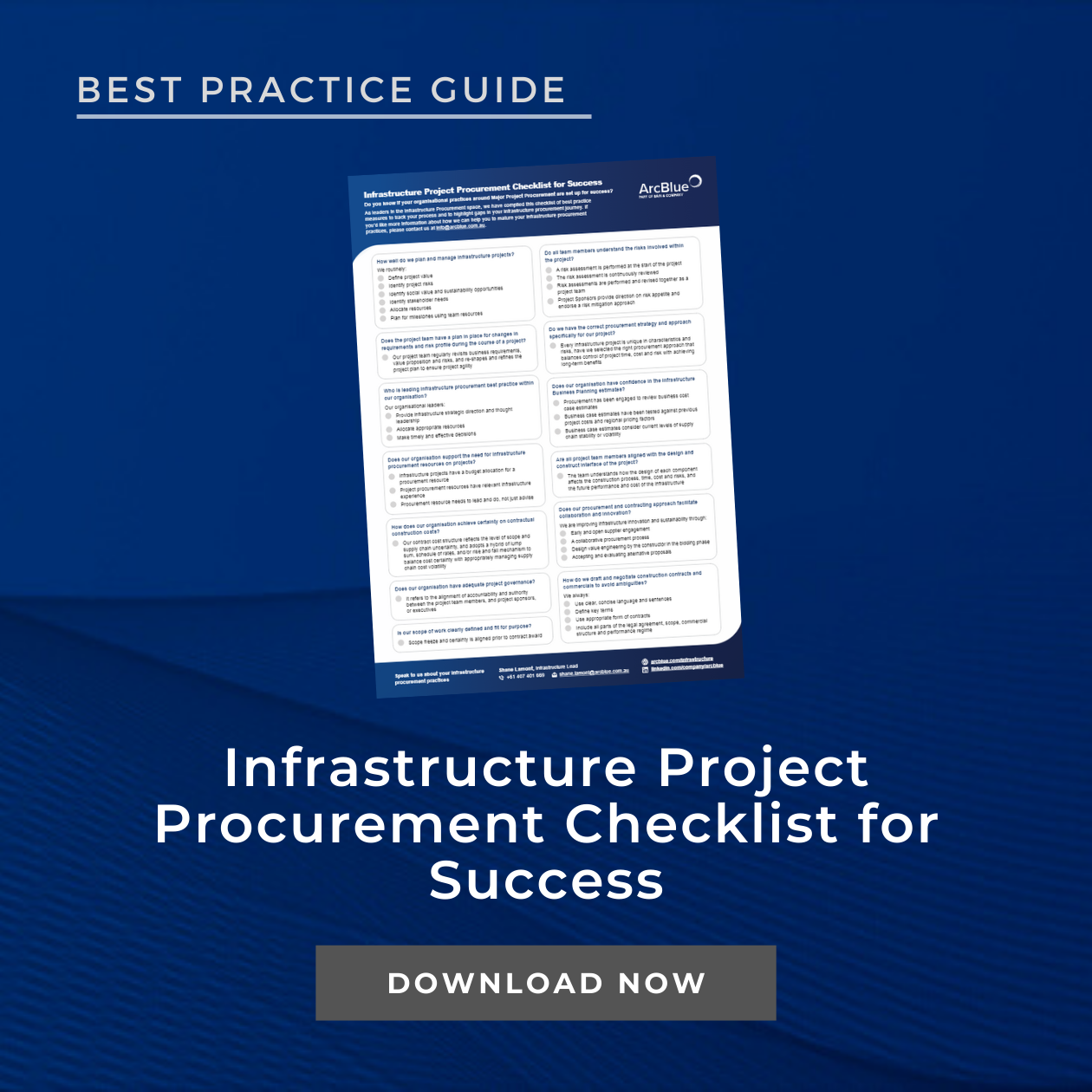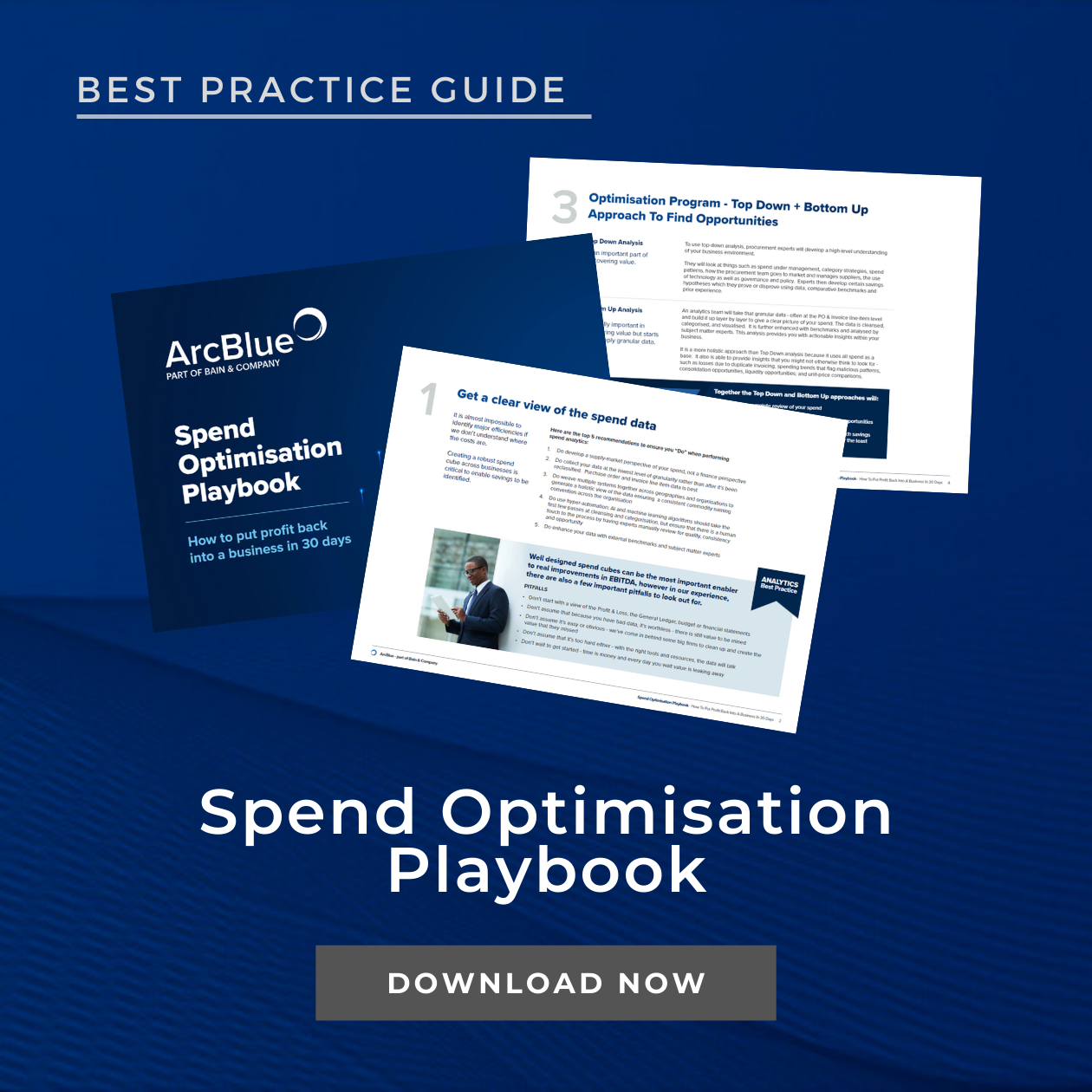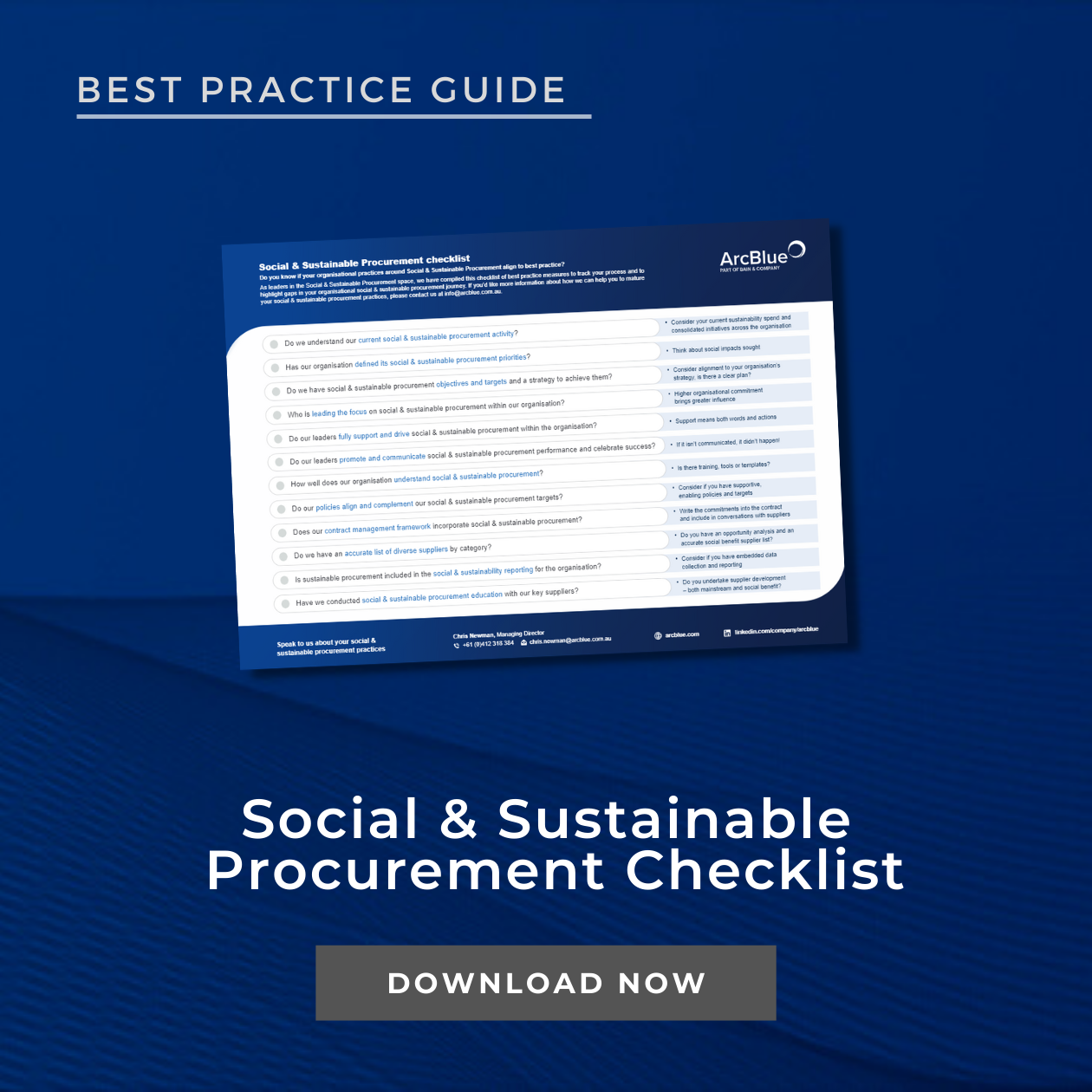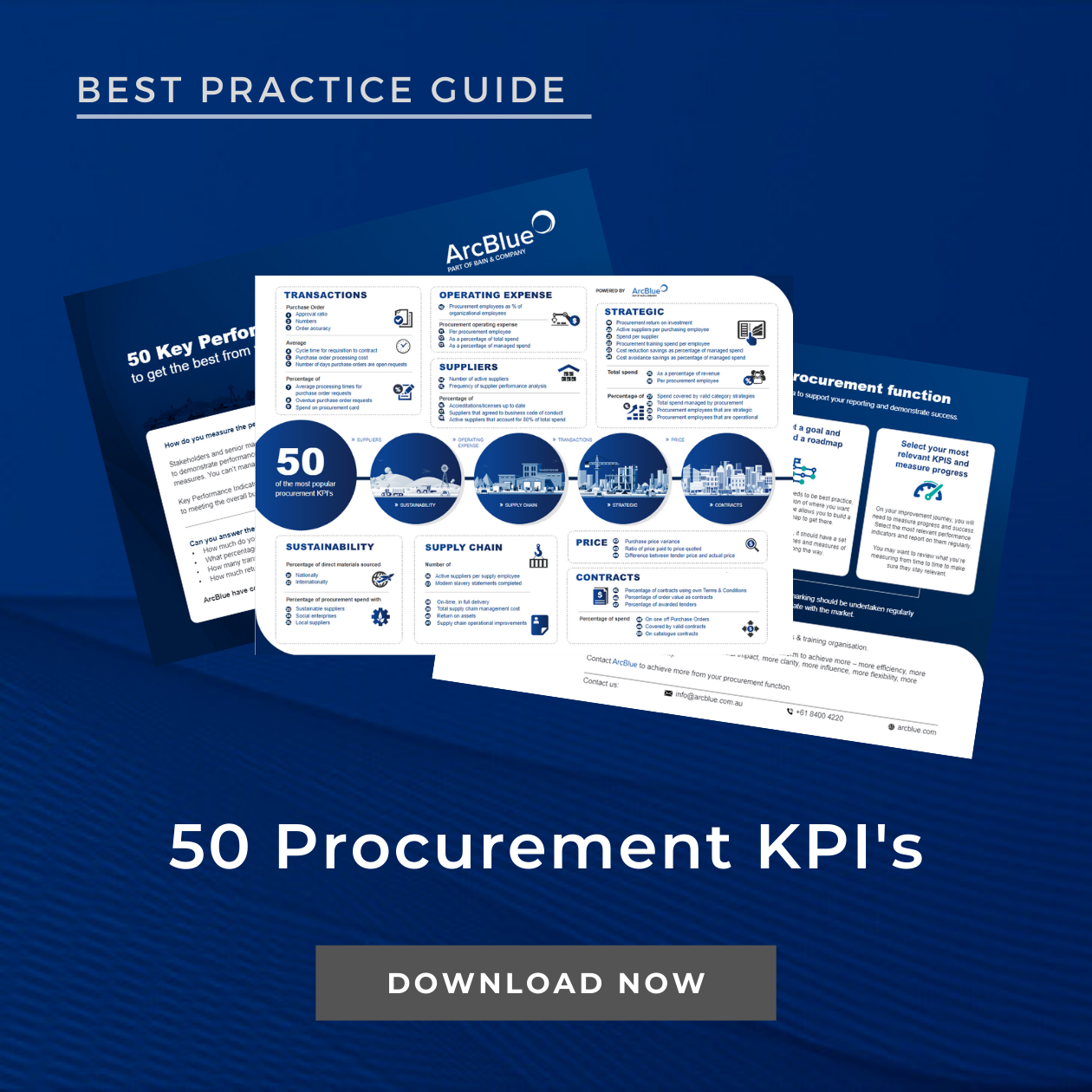- WHITEPAPER
The Case For Sustainable Procurement
Generating value for people, planet and the bottom line
August 2022
Executive Summary
With greater pressure than ever for companies to adopt sustainability, it’s important not to be left behind. This whitepaper explores why sustainability matters, and the role procurement teams have to play in championing sustainability and driving value for their organisation and supply chains.
With an overview of legislation, new regulations and consumer and investor pressures affecting all industries, it outlines common pitfalls and offers practical advice and examples of how organisations can get started on their sustainability journey, with procurement leading the way.
Produced in partnership with:

Authors
Related Services
Introduction
The COVID-19 pandemic, COP26, shifts in consumer behaviour and changes to investment priorities have truly brought sustainability to the top of the agenda of C-suites globally.
Adopting sustainability can bring value to businesses through increased investment opportunities, consumer loyalty and staff retention. Understanding and adhering to new legislation can also protect businesses from reputational risk and legal action.
Procurement leaders have a huge opportunity to shape the way sustainability is perceived in their organisation and through their supply chain. Sustainability can be a driving force for supplier collaboration, fostering better partnerships and engagement that benefits the global supply chain.
Sustainability can seem overwhelming but with the right strategies and an authentic starting point, companies can use sustainable procurement to drive value for themselves whilst also contributing to global sustainability.

Part 1: Sustainability matters now more than ever
In today’s post-covid world, there is increased pressure from multiple stakeholders – governments, investors, consumers, employees and NGOs – for companies to adopt sustainable practices.
Legislation around climate action is forcing businesses to pay attention. The last few years have seen a rising number of successful climate-related lawsuits against both private companies and governments. In fact, the cumulative number of climate change related cases has more than doubled since 2015, according to a report from Oxford University’s Environmental Change Institute.i
One landmark ruling against a private company was in 2021 in the Netherlands, where oil giant Royal Dutch Shell was legally ordered to cut its emissions by 45% by 2030, compared with 1990 levels.ii This is the first time a company has been ordered to comply with the Paris climate agreement. Shell will appeal the ruling but ultimately the warning is clear. If corporations don’t make changes to reduce their environmental impact, they risk being held accountable.
In order to support its climate ambitions, the EU has proposed a Carbon Border tax, which if implemented, will have a knock-on effect for many companies. The Carbon Border Adjustment Mechanism (CBAM) aims to prevent ‘carbon leakage’ where companies based in the EU could move carbon-intensive production overseas to take advantage of more relaxed regulations, or EU products could be replaced by imports with a higher carbon footprint. The CBAM would impose a border tax on products imported from countries with less stringent climate and environmental policies.iii It therefore encourages businesses to re-evaluate their supply chain.

As ArcBlue Director for South East Asia, Chris Hampden explains: “From a supply chain and procurement perspective, when you’re working out your business case and your total cost of sourcing decisions, what used to be a low-cost component you buy from China, an economy primarily powered by fossil fuels, may suddenly become a lot more expensive because of the border taxes. So what was previously a highly competitive supply chain for your organisation may not look as attractive as it did once CBAM kicks in. It brings a completely different consideration to the total cost of a sourcing decision.”
“The decarbonising of the global economy is going to create the greatest investment opportunity of our world. It will also leave behind the companies that don’t adapt, regardless of what industry they are in.” – Larry Fink, CEO, BlackRock.
Similarly, investment management companies are putting pressure on companies to have sustainability at the front of their agenda. Green finance is increasingly prevalent, with companies needing evidence of genuine sustainability ambitions in order to attract investment or to access preferential financing rates. Sustainable investments reached $35 trillion USD globally in 2020 according to the Global Sustainable Investment Alliance, up 54% from 2016.iv

BlackRock is a pivotal player in influencing investment dollars. In CEO Larry Fink’s 2022 letter to CEOs he writes: “I believe the decarbonising of the global economy is going to create the greatest investment opportunity of our lifetime. It will also leave behind the companies that don’t adapt, regardless of what industry they are in. And just as some companies risk being left behind, so do cities and countries that don’t plan for the future.” As the CEO of the world’s largest asset manager, companies would be wise to heed his advice and ramp up their sustainability and Environmental Social and Governance (ESG) ambitions. Fink poses a critical question, “As your industry gets transformed by the energy transition, will you go the way of the dodo, or will you be a phoenix?”v
A recent report from Bain & Company surveyed more than 1,000 executives across the energy and natural resources sector. Companies report allocating “23% of their capital to new business ventures, mostly in response to the energy and resource transition”. Although many indicate that “the transition will be disorderly” and “most are still struggling to figure out business models for their new businesses that will deliver adequate returns, attract talent, and strengthen their organisational capabilities”, there is also excitement and ambition across the board and “on average, they expect the world to reach net zero by 2057.” vi
“If you are not acting on sustainability, you are disengaging your workforce and your customer base.” – Chris Hampden, Director, South East Asia, ArcBlue.
Not only are governments and investors holding companies accountable for sustainability, individuals also have a large influence.
A company’s ability to attract and retain talent is now linked to sustainability. In a 2019 Fast Company survey, around 70% of millennials said they would prefer to work for a company with a strong sustainability agenda, and about three-quarters of them were even willing to take a pay cut to work for an environmentally responsible company.vii
The COVID-19 pandemic elevated the conversation around sustainability, and sustainable procurement in particular. With many consumers personally affected by product shortages and shipping delays, this shone a new light on supply chains. Consumers are increasingly making informed purchasing choices based on a company’s environmental and social policies. According to a report from First Insight in October 2021 which surveyed more than 1,000 consumers, 90% of Gen X consumers said they would be willing to spend an extra 10% or more for sustainable products. This is up from 34% in 2019.viii

To add to this consumer pressure, Australia’s Modern Slavery Act came into force in January 2019 and requires businesses with revenue over $100 million AUD to identify, address and report on their modern slavery risks, and maintain responsible and transparent supply chains.ix
For companies to remain competitive, supply chains need to be scrutinised from all angles. For example, at the UN Global Climate Conference, COP26, in November 2021, there was a strong focus on transport. Road transport accounts for 10% of global greenhouse gas emissions which are rising every year. More than 100 parties signed a pledge to accelerate the global transition to zero emission vehicles, including all sales of new cars and vans to be zero emission by 2040.x To meet these targets, companies need to prepare for changes to supply chain practices across freight transportation and logistics, such as switching to electric delivery vehicles and relocating distribution centres to reduce travel.
“Companies need to prepare for changes to supply chain practices across freight transportation and logistics, such as switching to electric delivery vehicles.”

Part 2: The role of procurement is paramount
Procurement has the power to shape the thinking, behaviours and actions of the supply chain.
As we’ve seen, there is enormous pressure coming from all angles and companies need, and want, to adopt sustainable practices. Procurement has a significant role to play in embedding sustainability throughout an organisation. Procurement has the power to shape the thinking, behaviours and actions of the supply chain, and sustainable procurement can bring value to companies.
“Roughly 70% of a company’s revenue is spent into the supply chain and so every conversation that you have with a supplier is an opportunity to shape their thinking, and the way that they go about doing their business,” says Hampden. “You have the ability to genuinely influence the way that they perceive sustainability and the actions they take. So, holding the purse strings means you can really drive action.”
Sustainable procurement is a key enabler for organisations to meet their ESG goals. Hampden defines sustainable procurement as the way that ESG is implemented in the supply chain and how ESG factors influence behaviours through the organisation.
“Through sustainable procurement, companies understand that their purchasing power creates value for all ESG categories, from human rights, health and safety, inclusion and diversity, carbon emissions, to resource consumption and efficiency,” adds Emily Synnott, Social and Sustainable Procurement Lead at ArcBlue. “This value not only contributes to global sustainability, it also contributes to the sustainability of the company.”
Often companies believe that being environmentally conscious will cost more money, but as Synnott explains, “what we’re finding, through circularity, is that a supplier who has effective resource consumption and efficiency may have opportunities to repurpose products at the end of the line, and that value can even be driven back to your company.” A more efficient process can therefore reduce costs and benefit the environment.
“Through sustainable procurement, companies understand that their purchasing power creates value for all ESG categories, from human rights, health and safety, inclusion and diversity, carbon emissions, to resource consumption and efficiency” – Emily Synnott, Social and Sustainable Procurement Lead, ArcBlue.
Sustainability can bring suppliers together, build engagement and benefit the whole supply chain.
Interestingly, sustainability is also a topic that gives companies an opportunity to build engagement and collaboration with suppliers. “Typically, suppliers, even if they make completely different things, or provide completely different services, don’t tend to openly collaborate and share,” says Hampden. “But because everyone recognises the need to do more on sustainability, people are willing to be more collaborative and work across industries as well to share ideas and best practices. That to me is really powerful because you start getting suppliers together and sharing ideas, being creative, being more innovative.”
These relationships can also bring about new business and add value in that way. “If you bring together a facilities management company with your two main manufacturing suppliers in a forum to discuss sustainability, you can also help them connect to each other,” explains Hampden. “By bringing together both direct and indirect suppliers into the conversation, there are opportunities to share best practices. For example, the facilities management company might have some great ideas and initiatives around sustainability that can really help the two manufacturing companies.
Exploring these possibilities not only help you pursue your sustainable goals, you create a more collaborative and strategic relationship with your supply chain to the benefit of all involved.”
Part 3: Common challenges – and how to overcome them
When you consider the legislative pressure as well as the reputational and financial risk of doing nothing, the case for sustainable action is clear. But for many companies, sustainability is so huge and so complex, it can be overwhelming. The greatest obstacle is the fear of not knowing where to start.
“Start from somewhere authentic,” says ArcBlue’s co-founder and former Managing Director, Chris Newman. “In my experience, it’s difficult to deliver sustainability unless you’re tapping into something authentic within the organisation. But we find that most organisations have some sort of rationale, a reason for existence, that resonates with sustainability.
We recently worked with a large organisation that works in manufacturing in the world of water infrastructure. They have a commitment in their company to providing sustainable solutions that connect people with water. This was the trigger, a starting point to build a broad focus on sustainable procurement.
What we find is that organisations are often doing positive work in sustainability, but they haven’t named it, built a narrative around it, or committed to making it mainstream. So we find out what they’re already doing in this space, highlight it and seek to build it throughout the procurement practices.
Often, we’ll come up against challenges. Organisations might say:
- We’ve got no data so we can’t report or track what we’re doing
- Our suppliers aren’t interested or able to deliver on sustainability
- Our processes and technology don’t support the right activity
Our approach is to address these challenges and look at the changes that can build capability and confidence over time. Foundation steps come first, as we seek together to embed sustainability into their operating model. Success has come by supporting organisations to take control of their journey, choosing a sustainability path that is real, achievable, and engages the hearts and minds of people at all levels.”
Convincing senior executives of the value of sustainability can also be challenging. “A lot of senior executives and businesses are still very focused on the bottom line,” states Hampden. “But if you can relate data to the bottom line impact, then that can help build momentum.”
This is where robust measurement, transparency and accountability comes in. “It has to be more than putting numbers into spreadsheets, it has to be really effective reporting and collaborative work through supply chains,” says Synnott. “There has to be constant education to make people understand why it’s important.”
Transparency and honesty about your ambitions can also set you up to avoid greenwashing.
“Lots of organisations are making big commitments around their green agenda, but question marks remain around whether there are detailed plans in place to enable companies to deliver on their commitments and achieve those targets,” says Hampden. “If you scratch beneath the surface, many companies are still trying to put together the details. And therefore, even with the most positive intentions, if companies can’t clearly articulate and show the plans and progress being made, then they risk being accused of greenwashing.”
To mitigate this, Hampden says companies should be honest and transparent from day one. “If you’re a company that says we have ambitions to get there, we understand our current carbon footprint, we don’t really know yet how we’re going to get there but, we’re working on that and within the next year, we will have a clear roadmap, I think that’s far more palatable and acceptable.”
A particular challenge is how to manage risk in your supply chain.

According to CDP’s 2021 Global Supply Chain report, the cascade of action down the supply chain is not happening. Only 38% of companies are engaging their own suppliers on climate change and only 16% on water security. This is concerning considering it can take years from initial engagement to see tangible and necessary actions.
“Environmental issues are interconnected; companies cannot meet their climate net-zero targets whilst generating mass deforestation in their supply chain” – Chris Hampden, Director, South East Asia, ArcBlue.
In 2020, CDP found that greenhouse gas emissions in a company’s supply chain are, on average, 11.4 times higher than its own operational emissions. So tackling this chain of environmental risk is “not just an opportunity to look beyond companies’ own emissions and cascade their ambition; it is now the only way to leverage change at the scale required.” xi The report goes on to stress that stand-alone actions are not enough. “Environmental issues are interconnected; companies cannot meet their climate net-zero targets whilst generating mass deforestation in their supply chain.” xii
The solution is becoming familiar. It calls for stronger focus on reporting and better engagement and collaboration with suppliers on this topic.
Getting started with sustainability
So all things considered, how can organisations get started with sustainability?
“You don’t need to be doing everything and it’s unrealistic to try to address every aspect of sustainability,” says Hampden.
ArcBlue has a practical three step process to help organisations begin.
Step 1:
– Understand your company’s biggest priorities when it comes to sustainability by doing a materiality assessment.
– Review the most important sustainability issues for your organisation with your key stakeholders.
– Talk with shareholders, employees, customers, suppliers, investors and the communities that you operate in.
– Focus on the top five material issues that you need to address as an organisation.
Step 2:
– Understand the priority areas within supply chain, based on spend and carbon footprint.
– Conduct an indicative assessment using spend data and carbon emissions factors.
– Prioritise your focus on categories within your supply chain that you want to impact, e.g. a heavy manufacturing supply chain will have large energy consumption and a big carbon footprint.
– Build a detailed data dashboard by aligning carbon emissions to spend categories and work out key risks and opportunities.
Step 3:
– Embed sustainability within your end-to-end procurement process.
– Review your procurement processes to understand all the different touch points and decision-making steps.
– Identify where you can embed sustainability into those processes (RFQ documentation, contracts, templates, packs, terms and conditions, incorporate sustainability metrics into vendor reviews).
By considering their biggest priorities and the end-to-end life cycle with their suppliers, businesses can identify changes to be made and prioritise actions with a realistic roadmap. As Hampden explains:
“Businesses should understand it’s a journey, it won’t all happen at once but this is about making a start” – Chris Hampden, Director, South East Asia, ArcBlue.
Although sustainability is a vast subject, with the mounting stakeholder pressures front of mind, companies who aren’t acting now are at risk of falling behind.
Sustainability can be a source of competitive advantage, and with a strategic and achievable approach, procurement teams can set their businesses on the first step to driving tangible change and bringing value for their organisations, as well as influencing the global sustainability agenda and building a more resilient and sustainable supply chain.
References
i Kaya Axelsson et al, “Sensitive intervention points for achieving climate neutrality” Climate Neutrality Forum, Sep 2021.
ii Jessica Bateman, “Why climate lawsuits are surging” BBC Future Planet, Dec 2021.
iii European Commission, “Carbon Border Adjustment Mechanism”
iv Truc Mai Dupont Vohong and Laurent-Pierre Baculard, “Five Ways Innovation Is Shaping the Executive Sustainability Agenda” Bain and Company, March 2021.
v Larry Fink, “2022 letter to CEOs: The power of capitalism” BlackRock, Jan 2022.
vi Peter Parry, Neelam Phadke et al, “Energy & Natural Resources Report: How Energy and Resource Executives Think about the Transition” Bain & Company, June 2022.
vii Adele Peters, “Most millennials would take a pay cut to work at an environmentally responsible company” Fast Company, Feb 2019.
viii First Insight, “The sustainability disconnect between consumers and retail executives” Oct 2021.
ix Australian Government Department of Home Affairs, “Modern Slavery Act 2018”
x Rebecca Fisher, Dr Monica Araya and Anthony Eggert, “COP26 Energizes the Shift to Clean Electric Transport” Drive Electric Campaign, Nov 2021.
xi CDP, Global Supply Chain Report 2021, “Engaging the chain: driving speed and scale” Feb 2022.
xii CDP, Global Supply Chain Report 2021, “Engaging the chain: driving speed and scale” Feb 2022.
INSIGHTS
RESOURCES & DOWNLOADS






